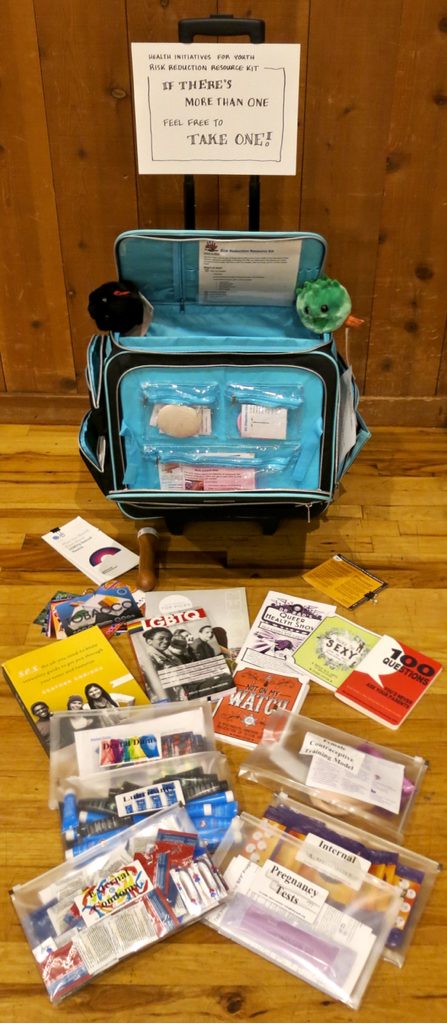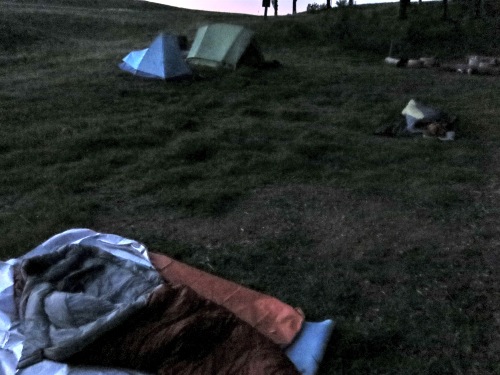Some people are living in the past. Specifically, some people apparently think it’s still the 1970s.
So I’m volunteering on a task force for a UU nonprofit that is trying to figure out how to offer safe youth programming. As part of the research we’ve been doing on youth safety, I’ve been looking at some sample youth safety policies from other nonprofits, as well as licensing requirements, recommendations from insurers, and other legal issues around non-school youth programming.
I already knew that sexual and emotional abuse of teens has been widespread in pretty much all youth programming. The Catholic church and the Boy Scouts get all the press, but from what I can tell all youth programs had similar issues. The Boy Scouts, the Catholics, along with other nonprofit youth programs, other religious groups, youth sports programs, after school programs, etc. — none has adequately protected youth. This is well-known, and I was expecting it.
What I wasn’t expecting was how bad some of the Unitarian Universalist (UU) youth programs still are.
Back in the 1970s, youth programming throughout society was influenced by a notion that subjecting people to intense situations in a very compressed time-frame would lead to personal growth. So, for example, “est” (Erhard Seminars Training) reportedly required participants to be present for an emotionally intense training from 9 a.m. to midnight with only one meal break. This is the era when ropes courses were popularized, subjecting people to physically demanind and physically frightening experiences to promote personal growth.
Back in 1995, when I started helping to lead UU youth programs, many of these techniques still reigned supreme. Sleep deprivation was seen as a positive force for personal growth, and teens were tacitly encouraged to stay up all night. Emotional intensity was used in many situations — there were “touch groups,” small groups where you were encouraged to bare your soul; there were activities designed to encourage people to reveal intimate personal details; and once you arrived at a “con” (youth conference) on Friday afternoon, you were pretty much stuck in this emotional cauldron for the next 36 hours.
Some teens did benefit from this kind of emotional intensity. Some White, upper-middle class teens who already had good emotional skills found the con experience to be highly beneficial.
On the other hand, over time I became aware that sexual assault and racism thrived in the con setting. I still remember being at the same conference center with a conference of non-White UU youth. Some of them spoke to me of how they experienced con culture as racist. I also heard about sexual assault at cons, ranging from unwanted touching to statutory rape. Most of my knowledge was second hand, but I’ve also heard from some women who experienced sexual assault at UU youth cons when they were teens.
And no wonder. The sleep deprivation and the emotional intensity led to poor impulse control, both on the part of youth and of adults. The organizational chaos resulting from all that emotional intensity mean adequate supervision was impossible. The chaos was amplified because there was no real curriculum, no real programming. So I stopped volunteering at cons and UU summer camps about twenty years ago. It just felt too dangerous.
What blows my mind is that there are still UU groups doing youth programming based on that old 1970s-era personal growth model. I guess these UU groups don’t seem to realize that standards of care have changed a great deal in the past decade — heck, they’ve changed a great deal in the past five years. These days, you have to have constant adult supervision and no chaos.
Equally troubling, we UUs don’t seem to have much else to offer. Too many UU programs for teens still focus on “personal growth.” Or the programming has the goal of “radicalizing” teens, which mostly seems to involve encouraging teens to go to protest rallies. By contrast, we’re not taking teens to speak at city council meetings, or to participate in labor union events, or to observe courtroom proceedings. Pretty much what you’d expect from upper middle class White folk.
Maybe we’re so backward on standards of care for youth programming precisely because we have so little to offer. Why invest in youth safety if you don’t really have a meaningful program?
I’ll end on a hopeful note. I’ve helped create UU programming for teens that’s not based on “personal growth,” that’s safe, and that’s also compelling. Once you let go of personal growth (and sleep deprivation) as the highest goals, lots of possibilities open up. But the first step towards meaningful and safe teen programming is to let go of that old 1970s-era personal growth model.






